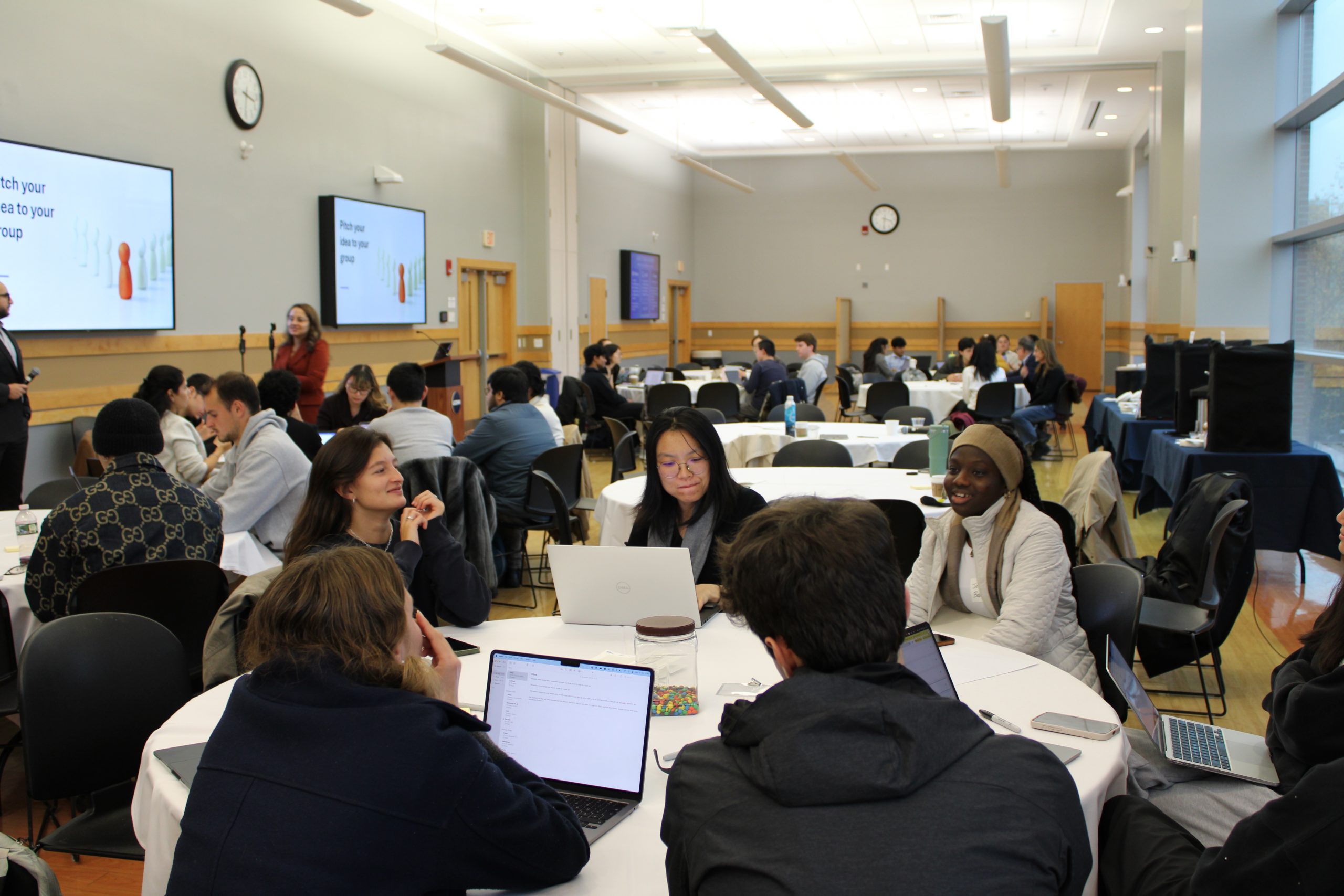 A multidisciplinary team of researchers has won a large Department of Defense University Research Instrumentation Program (DURIP) award totaling $700,000 that will fund acquisition of a dual beam focused ion beam/scanning electron microscope (FIB/SEM). The specialized microscope will be equipped with a field-emission SEM column, a high-resolution gallium-ion FIB column, an array of different electron detectors and an energy-dispersive X-ray spectrometer (EDXS).
A multidisciplinary team of researchers has won a large Department of Defense University Research Instrumentation Program (DURIP) award totaling $700,000 that will fund acquisition of a dual beam focused ion beam/scanning electron microscope (FIB/SEM). The specialized microscope will be equipped with a field-emission SEM column, a high-resolution gallium-ion FIB column, an array of different electron detectors and an energy-dispersive X-ray spectrometer (EDXS).
The specialized instrument is expected to dramatically enhance various programs across the university through features that permit ion-beam machining/deposition of nanostructures, preparation of transmission electron microscope samples from specific sites and/or highly inhomogeneous materials, and serial sectioning of samples for the acquisition of three-dimensional structural/chemical information.
The focused ion beam (FIB) allows precise cutting of materials at unimaginably small size scales. The instruments can cut with a precision of about 5 nanometers (10,000 times smaller than a human hair). This will allow much faster and, more importantly, precisely-located cuts to investigate microstructural features. The advancement is analogous to repairing a watch using tweezers as opposed to boxing gloves.
Because the instrument can rapidly make very thin, precise cuts it is possible to take multiple images from multiple cuts and construct a three dimensional model of a microstructure. Three dimensional models are important in understanding highly complex microstructures such as those found in the electrolytes of solid oxide fuel cells.
The new instrument also has the capability of depositing very thin metallic lines (wires), permitting researchers to take electrical measurements at the nano scale. This is a critical enabling technology for working on nano-electronics and nano-sensing as well as other fundamental scientific projects.
Dr. Eric Jordan, a professor of Mechanical Engineering (ME), is principal investigator on the successful proposal. His collaborators include Drs. Mark Aindow and C. Barry Carter of Chemical, Materials & Biomolecular Engineering; fellow ME professor Dr. Wilson Chiu; and Drs. Steven Suib and Fotios Papadimitrakopoulos of the Department of Chemistry. The University of Connecticut will provide a $300,000 match, bringing the total award to $1 million.
The unit will advance ongoing research projects, including work involving fuel cells, dense engineering ceramics and nano-structured ceramics for military applications. The FIB/SEM will reside within the Institute of Materials Science (IMS), an interdisciplinary University research center, where faculty, graduate students and undergraduates will employ the unit in diverse research and educational applications. The Institute houses general purpose laboratories that contain instrumentation for materials characterization such as electron microscopy, mechanical testing, x-ray diffraction, surface analysis, rheology, thermal analysis and magnetic resonance. Companies involved in the IMS Associates Program will also enjoy access to the unit.


